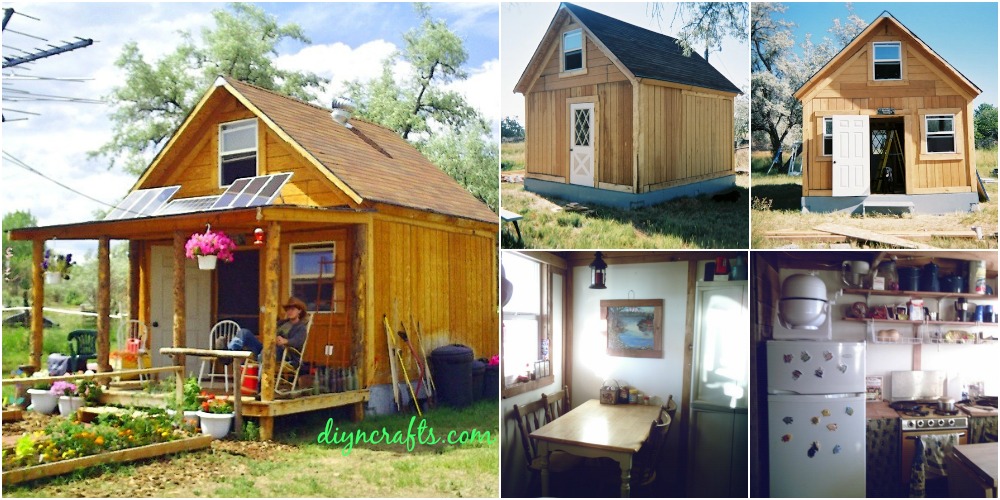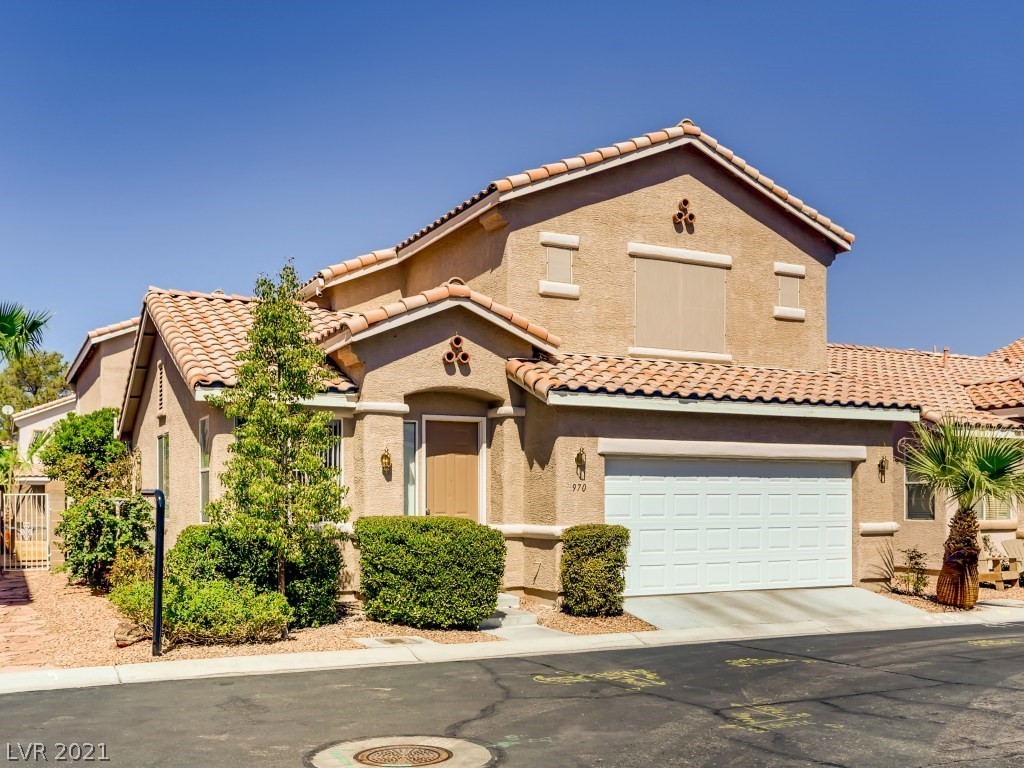Table of Content
Compressed earth blocks are much stronger than concrete mason's blocks. The cured CEBs produced in Loreto Bay have a load-bearing capacity of 1,500 PSI . This ranking far exceeds Uniform Building Code, Mexican Building Code, and HUD requirements. Using local materials and hiring local laborers were part of the philosophies behind the building of this community in Loreto Bay.

Conventional homes might use chemicals in their construction that aren’t the healthiest for some people, so building an earth house might prove a better option for them. When you construct one, you have control over the materials that are used. However, though a standalone rammed earth house is literally made of soil, it wouldn’t be considered an earth house, because it isn’t built into the ground. Functionally, a rammed earth wall doesn’t need covering, but for appearance I also plastered the outside of our home with two coats of mortar made from one part of cement and four parts sand. The walls were wetted to prevent too-quick drying and the first layer was scratch-finished. I then drove spikes in about every two feet and covered their heads with the second smooth coat.
Earth: The Magic Building Material
Magic Green Homes adapt to any topography around the world, making this a dream come true for nearly anyone. Bentonite is a natural clay formed into panels that are nailed to walls or applied as a liquid spray. When the bentonite comes in contact with moisture, it expands and seals out moisture. Stone and mud from diggings used for retaining walls, foundations etc. They had wanted to spend as much time as possible at home while their two children were young. Their nearby woodlands ecological management work would have been impractical if they were paying a mortgage.

If you don’t have to work to pay a large mortgage, you then will have more options for the kind of work you do and how much time you need to spend doing it. Earth-sheltered homes are covered on the sides and roof with soil and sometimes grass. Earth-bermed homes are covered on the sides with soil or rocks, but the roofs are not covered. An Icelandic turf home is another type of earth home that has been around in various forms for thousands of years, because they are simple and efficient.
Advantages and Disadvantages of Rammed Earth
Working similarly to a 3D printer, the skid-operated machine can fill bags of earth at a rate of 400 bags per hour. Given that only 30 bags can be filled at the hands of humans, the machine could revolutionize access to affordable and responsible housing. United Earth Builders, who developed the technology, are working to find non-profit partners to help bring earth homes to the masses. Building low-cost, environmentally friendly homes is a sign of moving in the right direction and the Earth Home Builder makes the process amazingly efficient. La Casa Vergara’s uncommon dome shapes may captivate the eye, but what’s underneath is most impressive. The Bogota home, built by architect Jose Andres Vallejo, is made from “earth bags,” or tubular bags stuffed with – you guessed it – earth.

These buildings use less water, energy and other natural resources. Building with compressed-earth blocks makes sense, and not just because most of the construction materials are right under our feet. Earthen walls regulate temperatures, dampen sound, repel mold and, with the right build, they can resist earthquakes, fires and other disasters. Clay-slip straw is straw covered in a clay slurry that’s made by soaking clay in water until it becomes suspended.
Waterproofing
Steel can used for beams, bar joists, columns, and concrete reinforcement, but must be protected against corrosion if it is exposed to the elements or to groundwater. It is also expensive, so it must be used efficiently to be economical as a structural material. The exposed front of the house, usually facing south, allows the sun to light and heat the interior. The floor plan is arranged so common areas and bedrooms share light and heat from the southern exposure. This can be the least expensive and simplest way to build an earth-sheltered structure. Strategically placed skylights can ensure adequate ventilation and daylight in the northern portions of the house.

Larger rocks were saved to use in landscape design in the new Loreto Bay neighborhoods. Although insulation in an underground building does not need to be as thick as that in a conventional house, it is necessary to make an earthen house comfortable. If insulating outside the wall, a protective layer of board should be added to keep the insulation from contacting the earth.
Advantages of Earth Buildings
You can do it, but you should consult the experts and prepare thoroughly. Commonly, small greenhouses are used to allow in-home food production. Receive the latest in global news and designs building a better future. These charming hobbit-like dwellings are prefabricated by Magic Green Homes and can be constructed in just three days. Sized at 400-square-feet, the green-roofed living spaces are so easy to assemble, practically anyone can do it. They require no heavy equipment to build, instead utilizing perforated flaps that are screwed and sealed together.

Rebar set vertically in the foundation ties into the horizontal eight-inch beam shown on top. That’s the reality for one quarter of the world’s population that lives without electricity. Inventive design and the falling cost of solar power is lighting up homes ... Earthen walls function best if they are water repellent but permeable to water vapor. If the walls are coated with a mold-proof primer and are water repellent yet breathable, moisture and mold won’t be able to cause trouble in the walls.
Thanks to the earth surrounding them, earth sheltered homes maintain a year-round temperature of degrees, depending on your location. Therefore, earth sheltered homes are ideal for hot climates, cold climates and everything in between. These homes are typically built with the main living spaces facing an atrium or courtyard to provide light, air flow, solar gain, block noise and give a more open feel. It is important to evaluate several factors before you build an earth-sheltered or underground home. The best climates to build these homes are those with extreme temperatures, particularly places that experience dramatic temperature swings from day to night.
Also, advanced building and design techniques make the earth home responsive to the local climate. In the winter a well designed earth home should be able to retain heat, while in the summer it should be a cool place of respite. This rough guide to building an earth home covers only basic rules of construction. It all depends on the vision and requirements of the owner. Earth homes can be fully integrated into the natural environment.
Adobe brick walls keep the space a comfortable temperature while the bamboo roof gives the company sustainable material bragging rights. Recycled hardwood and a lavish outdoor pool setting shatter any preconceived notion that green building materials cannot produce an eye-catching slice of paradise. When building using earthen materials, it is possible to create a home that would rival the most luxurious of vacation spots. 5 Tips for Building a Partially Earth-Sheltered Home Earth-sheltered homes offer many advantages to green builders. A builder who constructed one shares five things he learned during his DIY process.

No comments:
Post a Comment